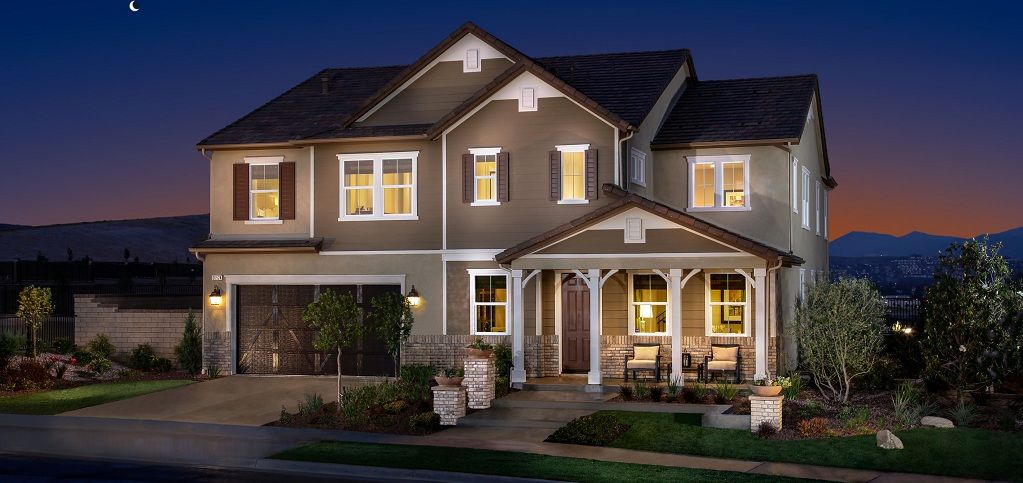A full decade after U.S. housing markets were crushed by the so-called Great Recession, which led to a major crisis that saw thousands of homes foreclosed upon, things have improved drastically since then. Home values have risen to record highs in many markets, well above pre-recession levels, and foreclosures have fallen to historic lows.

Lawrence Yun, chief economist of the National Association of Realtors, said that lending and regulatory reforms have also helped to prevent a new housing bubble from forming, in spite of concerns from other experts.
“Over the past 10 years, prudent policy reforms and consumer protections have strengthened lending standards and eliminated loose credit, as evidenced by the higher-than-normal credit scores of those who are able to obtain a mortgage and near record-low defaults and foreclosures, which contributed to the last recession,” Yun said. “Today, even as mortgage rates begin to increase and home sales decline in some markets, the most significant challenges facing the housing market stem from insufficient inventory and accompanying unsustainable home price increases.”
But even though inventory continues to be a problem, Yun says that overheating markets are likely to slow down soon. He said that many of the fastest growing markets are seeing prices rise due to insufficient supply rather than strong buyer demand. He added that markets such as Denver and Seattle are already showing signs of slowing down, but said that any fall in home sales is probably going to be connected to supply shortages and price increases.
“The answer is to encourage builders to increase supply, and there is a good probability for solid home sales growth once the supply issue is addressed,” Yun insisted. “Additional inventory will also help contain rapid home price growth and open up the market to prospective home buyers who are consequently—and increasingly—being priced out. In the end, slower price growth is healthier price growth.”
According to Yun, new construction grew by 7.2 percent year-over-year in July, but that’s still not enough to address the inventory shortages. One problem is that builders are struggling with costs, he said.
““Rising material costs and labor shortages do not help builders to be excited about business,” Yun said. “But the lumber tariff is a pure, unforced policy error that raises costs and limits job creation and more home building.”
Yun also thinks existing home sales will fall by around 1 percent to 5.46 million this year. However, he says home value appreciation should remain strong in most markets, rising by about 5 percent on average. Overall home sales should also grow in 2019 due to an increase in supply and moderate price growth, Yun said. he forecasts that existing home sales will rise by 2 percent in 2019, and home prices will rise by 3.5 percent.
As the Canary in the mine, I had squawked in June about the significant softening in the House prices in Silicon Valley as Sellers cut list prices. This trend was more pronounced in July and August. I foresee a plateauing for the next quarter as Sellers and Buyers come more in alignment, before a pick-up in Q1 2019.